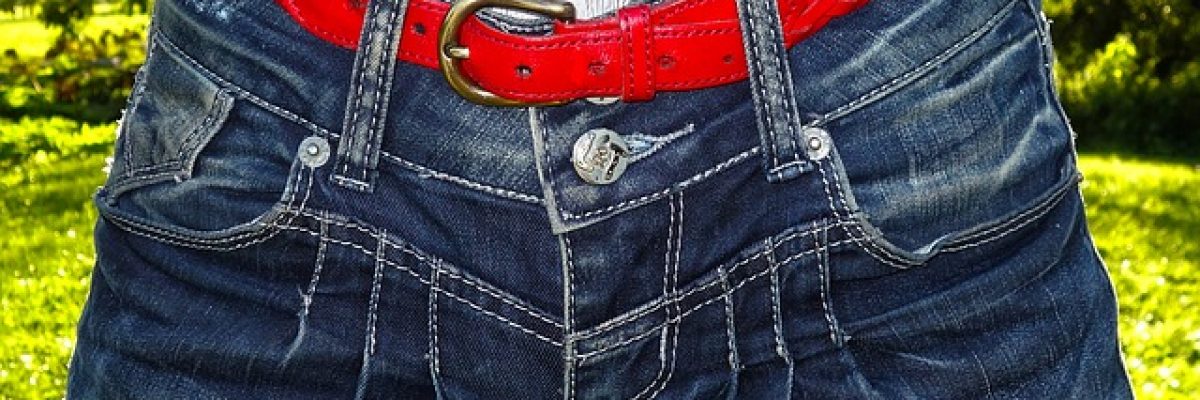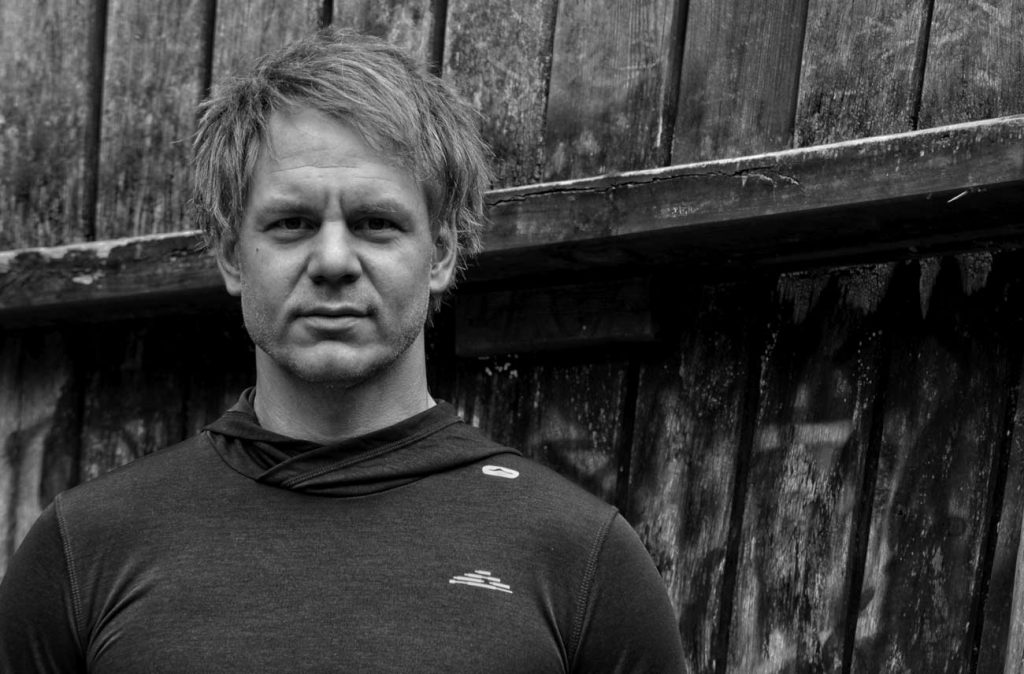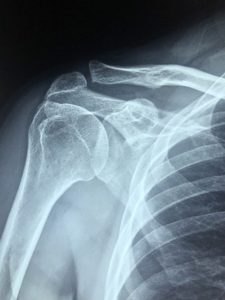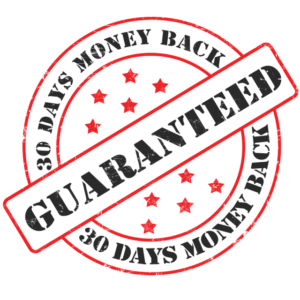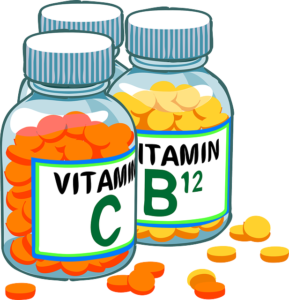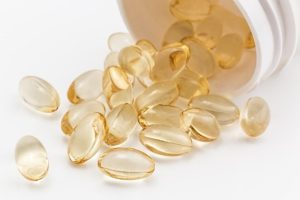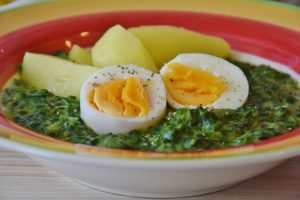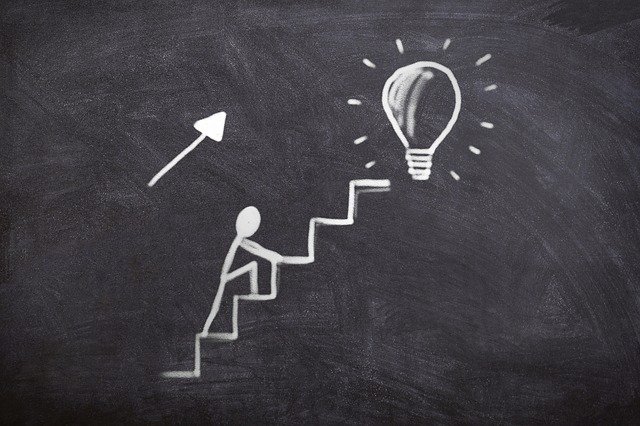The pain relieving expert is asked: Matti, from time to time I have pain in my hip. Especially when climbing stairs. Do you have any idea what this could be?
“Do you also have pain in your hips when you move from rest to movement?”
Yes. So you know what that is?
“Well, the hip joint is the connecting piece between the pelvis and the legs. As a ball-and-socket joint, it allows movement in every direction – whether extension, rotation or flexion. Frequent sitting and trained one-sided movement patterns play a key role in hip pain.”
Now explain to me what you mean by trained one-sided movement patterns?
“I already mentioned that the hip joint is a ball and socket joint, right? So it can move in all directions. What happens in the joint when out of 100% possible directions of movement, only 5-10% are used in excess? But the rest of the possible movements are not carried out?”
No idea. Is there perhaps a little more stress than usual?
“That´s, one thing. On the other hand, structures in the body, i.e. the muscles and fascia, shorten. Can you imagine that if something is too short, a hip joint can pull itself further and further into the joint head? This results in a steadily increasing pressure that rubs the joint surfaces against each other during movement. “
And that causes the problems? I see. But how do these unilaterally trained patterns come about? Is it the 5-10% of 100% that you were talking about?
“Exactly. What movements do you do with your hips all day? Do you know?”
Well, I guess sitting and walking.
“Right. So at most an angle with the hip of about 20 – 90 degrees. Multiply this load with every day/month for decades. If there is no compensatory movement, the trained pattern that the tissue around the joint becomes firmer and firmer, similar to a muscle that gets stronger and stronger. This leads to less and less movement, even more abrasion, even more restriction and even more pain.”
But then how does pain happen?
“![]() It’s a kind of alarm from the brain. This alarm is switched on when excessive strain threatens a joint. If these counterproductive loads are minimised, the tissue around the joint relaxes. The alarming pain is then no longer necessary. That means freedom of pain.”
It’s a kind of alarm from the brain. This alarm is switched on when excessive strain threatens a joint. If these counterproductive loads are minimised, the tissue around the joint relaxes. The alarming pain is then no longer necessary. That means freedom of pain.”

